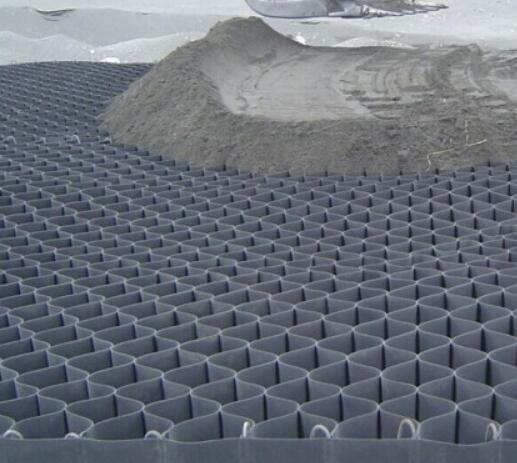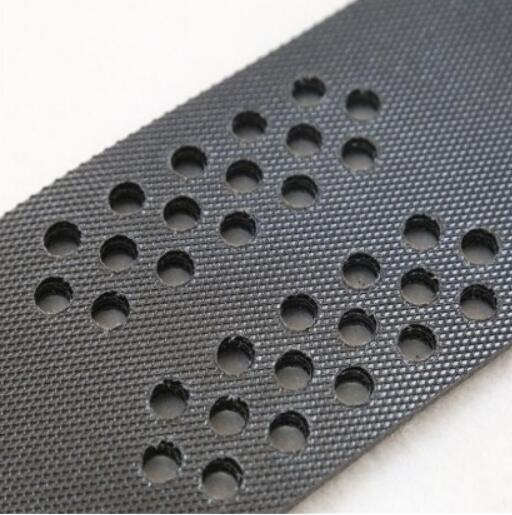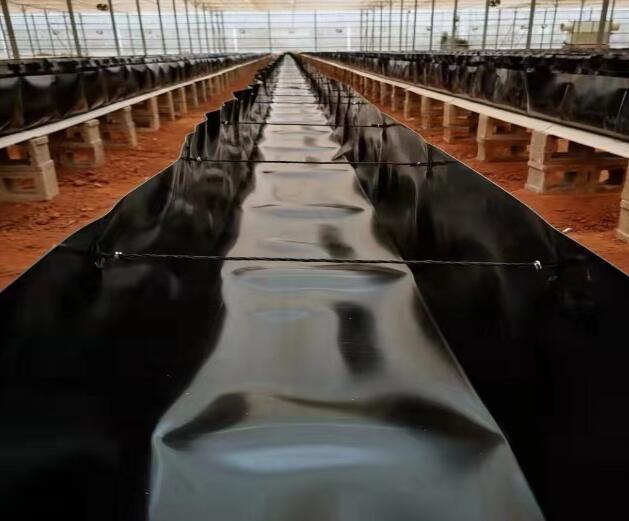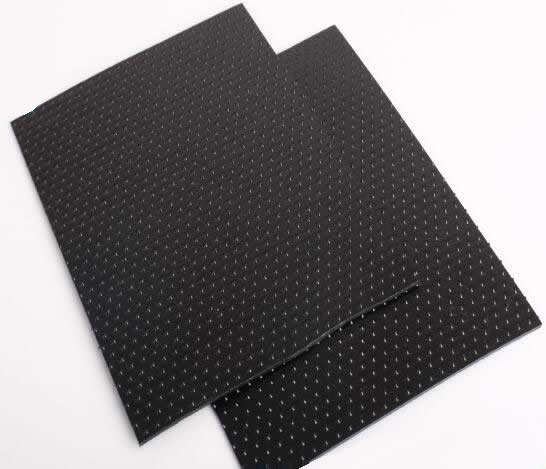- Understanding the Role of Geomembrane Liners in Waste Management
- Innovations in Geomembrane Liners for Water Management
- Geomembrane Liners: A Comprehensive Guide
- The Future of Geomembrane Liners in Civil Engineering
- Geomembrane Liners: Enhancing Landfill Stability
Manager:Alvin Wang
WhatsApp:+62 8983806051
Tel:+86 10-5797-1075
Email:steelwang@okorder.com
Address:3rd Floor, No.2 Building, No.1 Sanlihe Road
Is geomembrane permeable?
Geomembranes play a pivotal role in various engineering and environmental applications, offering impermeable barriers against fluid migration. Among the plethora of geomembrane types available, composite geomembranes and high-density polyethylene (HDPE) geomembranes stand out for their exceptional properties and wide-ranging applications. But a common question persists: Is geomembrane permeable? Let's delve into the intricacies of composite geomembranes and hdpe Geomembranes to unravel the truth behind their permeability.

Understanding Composite Geomembranes
Composite geomembranes amalgamate different materials to leverage their individual strengths, resulting in a versatile barrier system capable of withstanding diverse environmental challenges. These geomembranes typically comprise multiple layers, each contributing distinct functionalities to enhance overall performance.
Layered Construction
The construction of composite geomembranes involves layering different materials, such as Geotextiles, geomembranes, and geonets, to capitalize on their unique properties. Geotextiles provide filtration and cushioning, while geomembranes offer impermeability. Geonets, with their high drainage capacity, facilitate fluid flow within the system.
Synergistic Properties
By combining materials with complementary properties, composite geomembranes exhibit enhanced mechanical strength, puncture resistance, and hydraulic conductivity. This synergy ensures superior performance across various applications, including landfill liners, pond liners, and reservoir covers.
Applications of Composite Geomembranes
Composite geomembranes find extensive use in containment systems where impermeability and drainage are paramount. Landfill liners, for instance, rely on composite geomembranes to prevent leachate migration into the surrounding environment while efficiently draining excess fluids.
Examining High-Density Polyethylene Geomembranes
High-density polyethylene (HDPE) geomembranes represent a class of geomembranes renowned for their robustness, chemical resistance, and impermeability. Manufactured from high-density polyethylene resins, these geomembranes offer a formidable barrier against fluid permeation.
Inherent Impermeability
HDPE geomembranes possess inherently low permeability due to the molecular structure of high-density polyethylene, which impedes the passage of fluids. This property makes them ideal for applications requiring reliable containment of liquids and gases.
Flexibility and Durability
The flexibility and durability of HDPE geomembranes enable seamless installation over irregular terrain and resistance to punctures and tears. This resilience ensures long-term performance even in harsh environmental conditions, such as fluctuating temperatures and chemical exposure.
Applications of HDPE Geomembranes
HDPE geomembranes find widespread use in diverse sectors, including mining, agriculture, aquaculture, and wastewater management. Their impermeability and chemical resistance make them indispensable for lining ponds, reservoirs, canals, and secondary containment systems.
Permeability Considerations
While both composite geomembranes and HDPE geomembranes offer excellent impermeability, the permeability of a geomembrane system depends on various factors, including material selection, installation quality, and site-specific conditions.
Material Selection
Choosing the appropriate geomembrane material is crucial in determining permeability. Composite geomembranes utilize a combination of materials to achieve desired properties, whereas HDPE geomembranes rely solely on high-density polyethylene for impermeability.
Installation Quality
The effectiveness of a geomembrane system in preventing fluid migration hinges on proper installation practices. Ensuring seamless seams, adequate anchoring, and proper slope design minimizes the risk of leakage and enhances overall impermeability.
Site-Specific Conditions
Site-specific factors, such as soil composition, hydrogeological characteristics, and environmental stressors, influence the permeability of geomembrane systems. Conducting thorough site assessments and adhering to engineering specifications are imperative for mitigating potential permeability issues.

Conclusion
In conclusion, the permeability of geomembranes, including composite geomembranes and HDPE geomembranes, depends on a myriad of factors encompassing material properties, installation techniques, and site conditions. While both types offer formidable barriers against fluid migration, careful consideration of these factors is essential to ensure optimal performance and environmental protection. Whether in landfill applications, mining operations, or agricultural settings, the impermeability of geomembranes plays a pivotal role in safeguarding human health and the environment against potential contaminants."
-
2024-06-13Geomembrane is not plastic cloth






